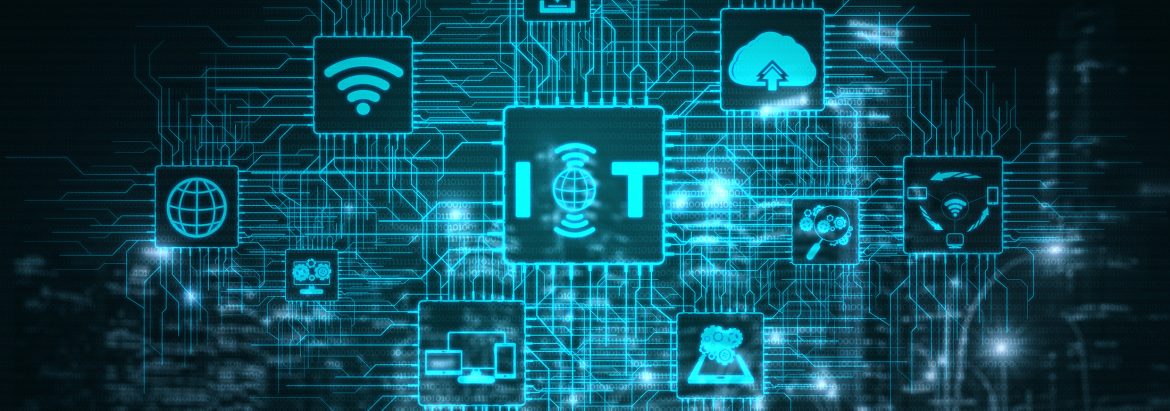IT Operations (ITOps) has played an important role in enterprise development. Especially, the pandemic situation and the paradigm shift to innovative technology have put immense pressure on ITOps to perform better and provide smooth experiences. With enough options in the market, the consumer is quick to quit an application or service if they encounter issues. This is where the adoption of Artificial Intelligence for IT Operations or AIOps, reduces the tremendous load on ITOps and helps improve efficiency, and allows quick remediation and automation.
How does AIOps benefit the ITOps of your company?
AIOps makes it easier to ingest and monitor large data chunks and find the correlation between events and incidents. AI automated root-cause analysis solutions happen at a faster pace compared to manual IT interference resulting in real-time remediation of issues. It also makes it easier to assign tasks, prioritize events, find anomalies in overlapping systems, and automate processes and solutions for faster action. AIOps works on a proactive front using predictive analysis models making it easier to anticipate issues and prepare for them.
A company can easily replace the human workforce by using AIOps and find employees with additional skills or different expertise to manage AIOps. For example, companies can bring in automation tools for the service desk. AIOps for healthcare makes it easy to take appointments, raise concerns and assign emergency requests. This helps the service desk be available 24/7 with minimal human intervention.
So, how does one begin to move from ITOps towards AIOps? Here’s a four-step journey from ITOps to AIOps that will benefit your company and help adopt the tools in a better way.
Step 1: Adoption Stage
This stage mainly focuses on the implementation of AI data analytics monitoring tools. The team becomes familiar with the deployment of AIOps and understands the basics of how the tool can help smoothen processes. At this point, the aim of using AIOps is focused on a single pain point or is driven by limited data.
From here, the team gradually moves to larger sets of data; AI for application monitoring, various systems, and processes are brought into the AIOps purview. The stage is still related to identifying issues and making recommendations. Manual Ops is still high at this stage and it will take time before action is taken.
Step 2: Complexity Stage
As the IT team becomes familiar with AIOps and its application, the trust factor is built. This foundation makes them understand the value AI insights can provide and how it impacts the efficiency of ITOps. From real-time user monitoring tools, the focus shifts to the correlation of issues and resource allocation.
AIOps resolve complex issues but require large amounts of data to understand them. This stage also sees a widening of the scope of monitoring. Instead of one application or pain point, the team will decide to ingest data from all the applications and systems to feed enough data to AIOps tools.
Step 3: Automation Stage
At this advanced stage, the IT team decides to automate processes and push immediate remediation based on data collected on root-cause analysis and correlation between events and incidents. However, the system still is based on risks and issues identified and is not completely autonomous.
The ITOps include predictive analytics using AI applications to anticipate issues and deploy automated responses or solutions. Although the team is comfortable letting AIOps run the show, the complete lead is not invested in the tool or platform. Action is taken based on preset conditions which aren’t optimum utilization of AIOps as the tool can do more.
Step 4: Full Application Stage
This stage sees the full application of AIOps using big data and machine learning to predict possible incidents and act automatically. It successfully replaces human workflow in the process and is the future of AIOps. Predictive analytics business forecasting not just works based on a playbook-driven action but also automatically detects issues and resolves them for the company.
However, eliminating the human workforce while replacing it with AIOps isn’t suggested. Some complex issues which cannot be resolved by AIOps due to low data or other factors need skilled IT teams.
AIOps increases service reliability, and this is realized by the IT team when they reach stage four and they place full trust in the tool or platform. Although some tasks are still undertaken by the team, AIOps are given more value and fed large amounts of data for better efficiency. The ITOps to AIOps transition journey will take some time but can be deployed successfully over time as the team and company see the benefits. The trick is to start by addressing the major concerns and monitoring data.
As days go by, the adoption of AIOps won’t end at stage four. There may be many more applications of AIOps and innovative solutions that can be adapted. The future of AIOps is bright and will set a new foundation for how a company runs its IT operations.








